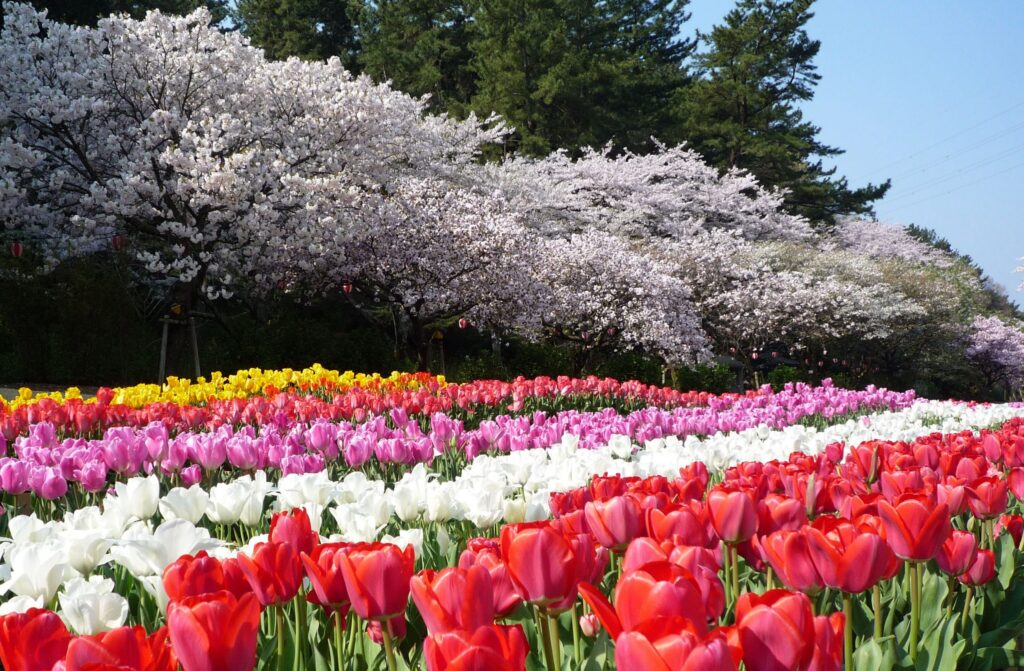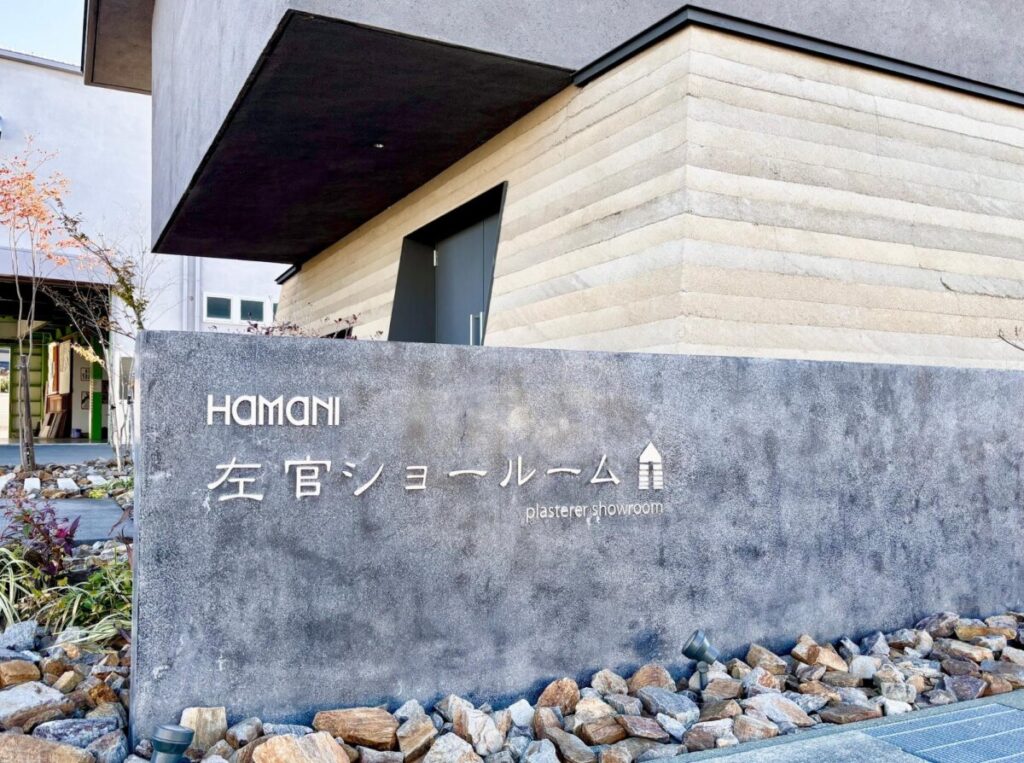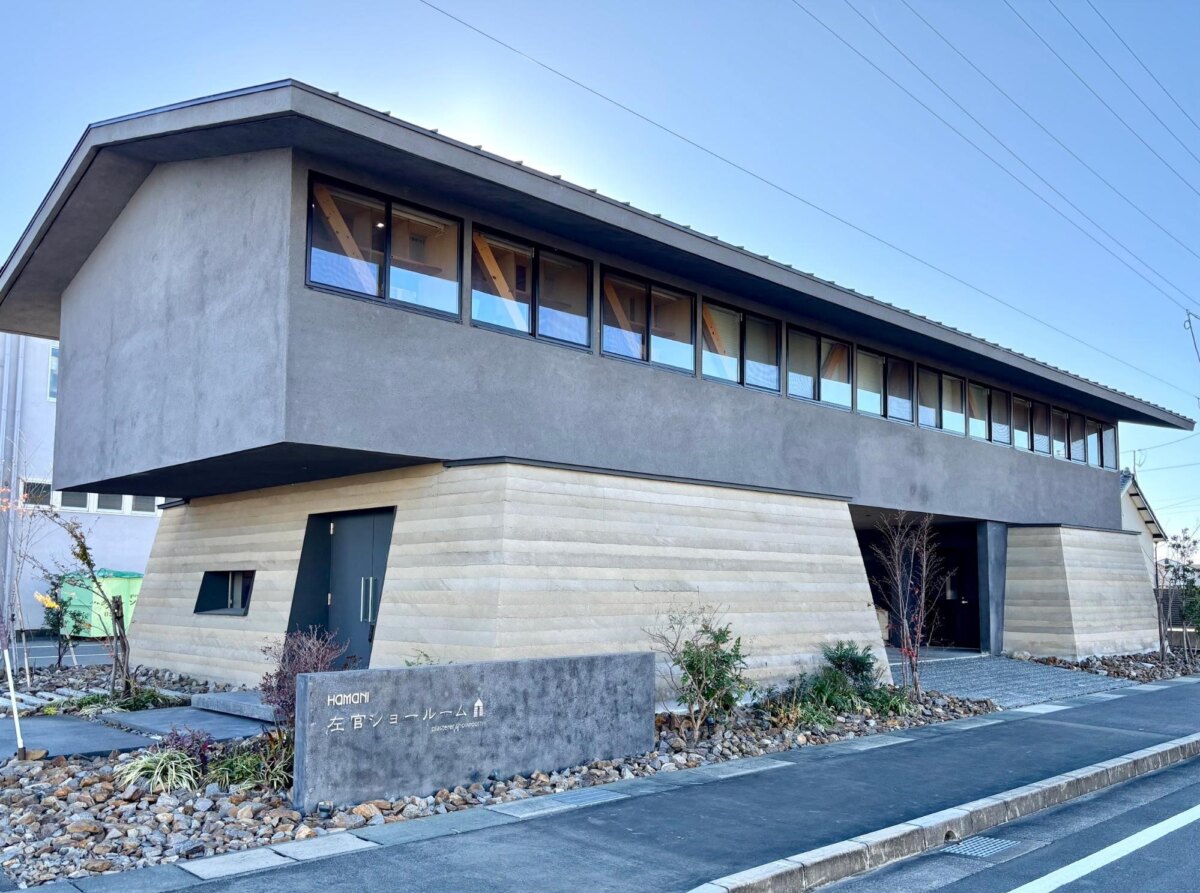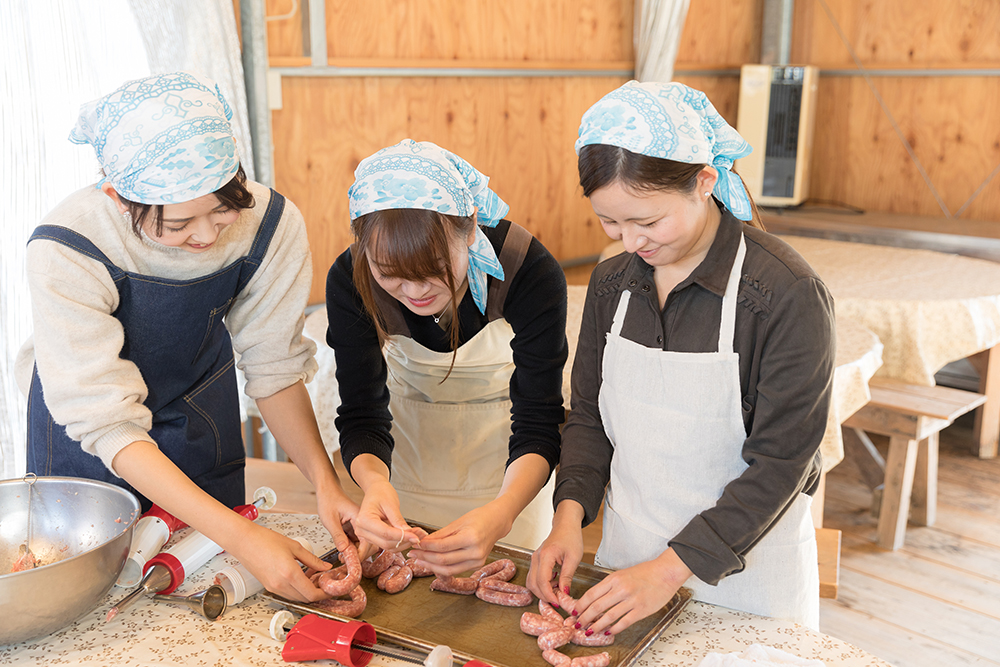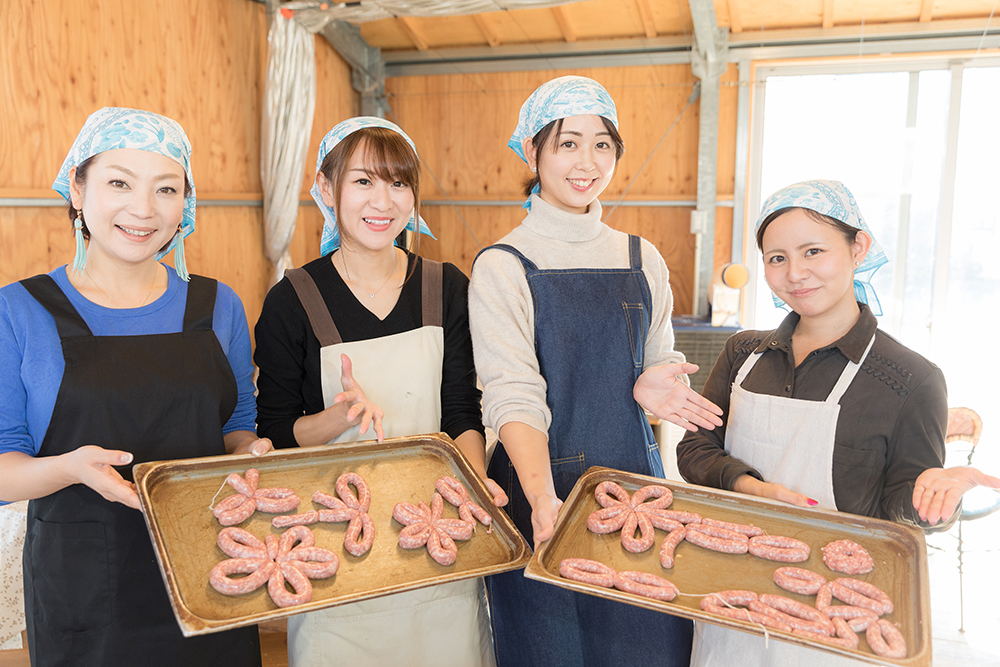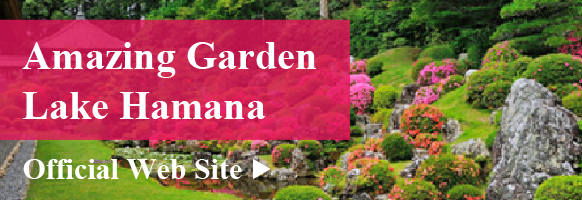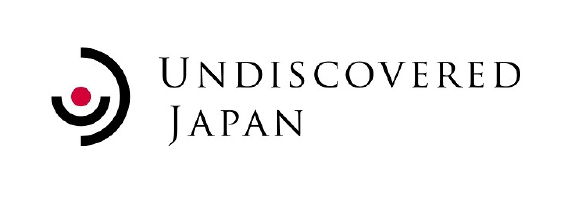Get to Know Hamamatsu
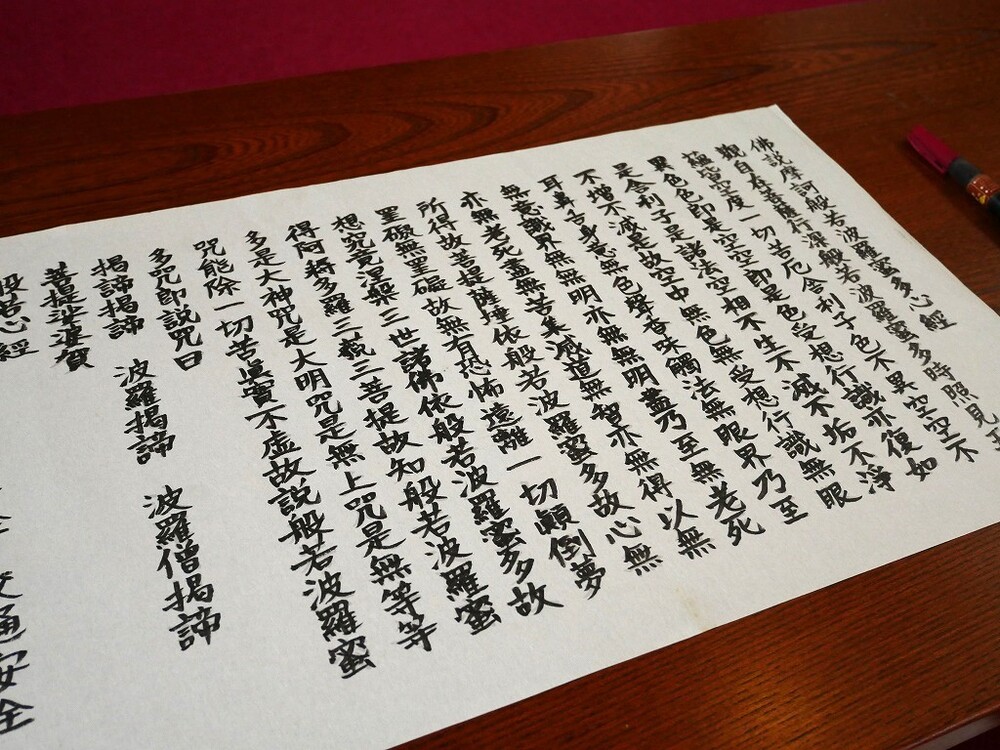
- Enjoy
Enjoy a quiet sutra copying experience at Zudaji Temple, the oldest temple in Hamamatsu
At Toda-ji Zudaj in Minami Ward, Hamamatsu City, we hold a sutra copying experience class, one of the Buddhist experience classes, on the 8th and 21st of every month.
Anyone can participate in the sutra copying experience class, and the sutra copying paper with drafts and calligraphy pens will be provided by Zudaji Temple, so even those who are interested but find the hurdles too high can participate with confidence.
The completed copy of the sutra can be dedicated. Of course, you can also take it home.
This time, we will introduce you to the steps to experience sutra copying at Zudaji Temple, recommended clothing, and other highlights of the temple grounds!
Zudaji is the oldest temple in Hamamatsu City
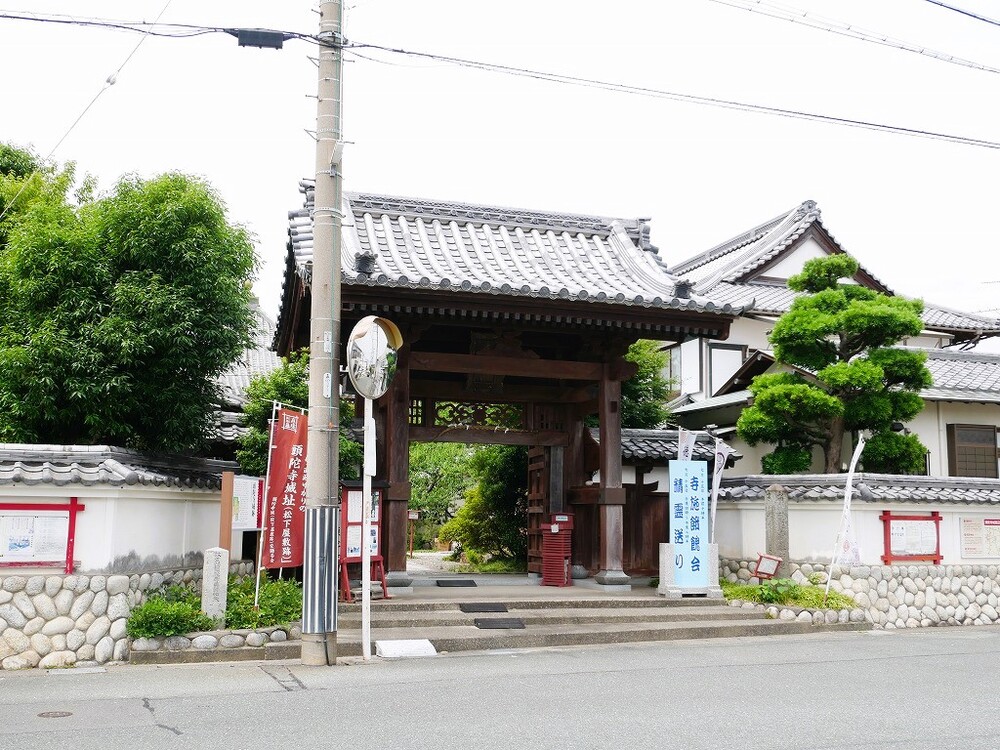
▲Hamamatsu City’s oldest signpost is on the right side in front of the Sanmon Gate.
Approximately 2 kilometers east from JR Hamamatsu Station. Zudaji Temple is located in a plot slightly west of the Hamamatsu City Expressway/Nakagun Fukutsuka Line.
The temple was founded in the Asuka period. It is the oldest existing temple in Hamamatsu City.
On the right side in front of the Sanmon Gate is Hamamatsu City’s oldest signpost, built in the middle of the Edo period.
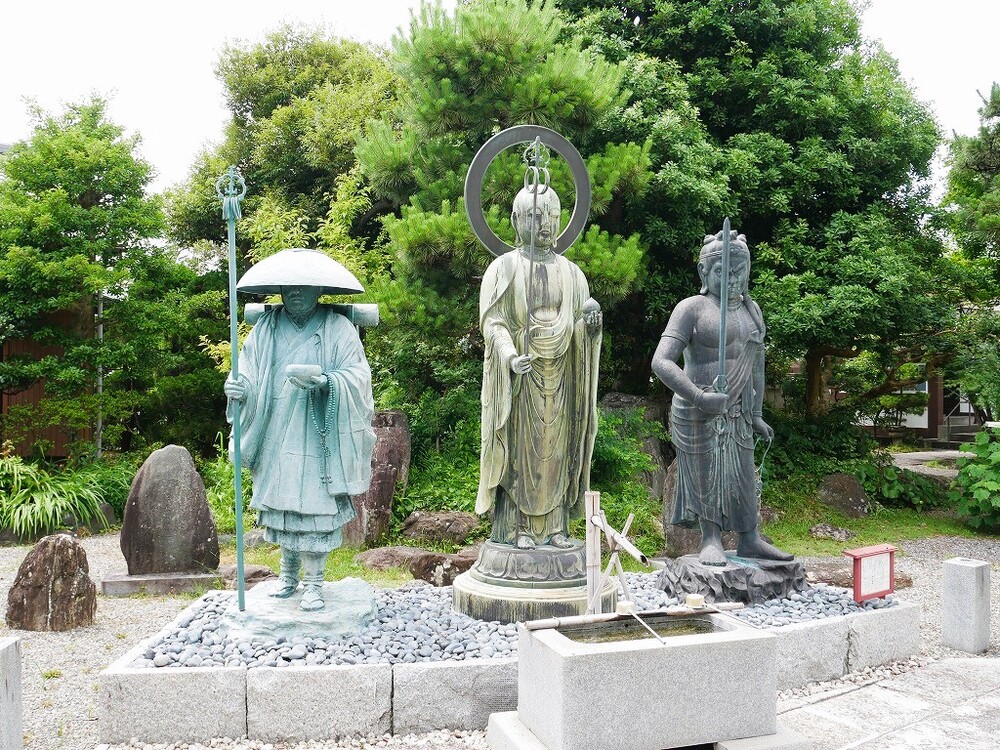
▲Wishing Triad…Left: Shugyo Daishi (Kobo Daishi), Center: Mizukake Ichigan Jizoson, Right: Namikiri Fudo Myoo
The path leading from the Sanmon gate to the main hall is lined with three praying statues. From the left, Shugyo Daishi (Kobo Daishi), Mizukake Ichigan Jizoson, and Namikiri Fudo Myoo.
The Mizukake Ichigan Jizo statue in the center was made in the early Meiji period. This is a valuable Jizo statue that was not damaged during the Pacific War.
Sprinkle water on each one and pray while chanting mantras and treasure names. The mantra and treasure name are written on the information board at the feet of Namikiri Fudo Myoo.
(Mantra: Words that praise the Buddha and connect with the Buddha / Treasure names: Names of Buddhas and Bodhisattvas)
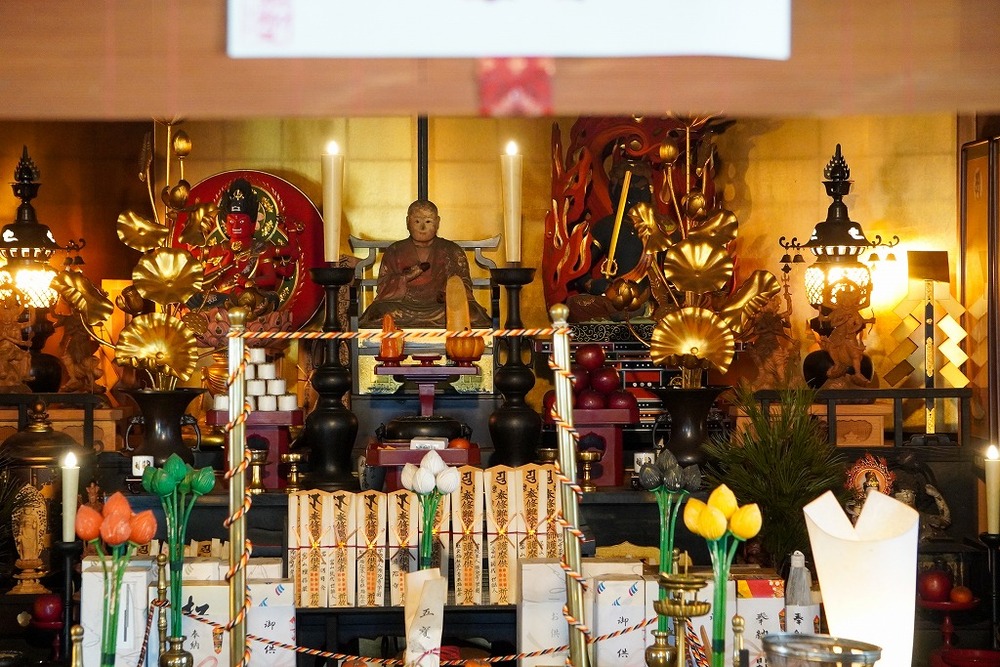
The statue of Nanyoke Daishi (Kobo Daishi), which has survived numerous disasters and war damage during World War II without a single scratch, is temporarily enshrined in the main hall.
Why not visit the shrine before your sutra copying experience?
Let's try copying sutras!
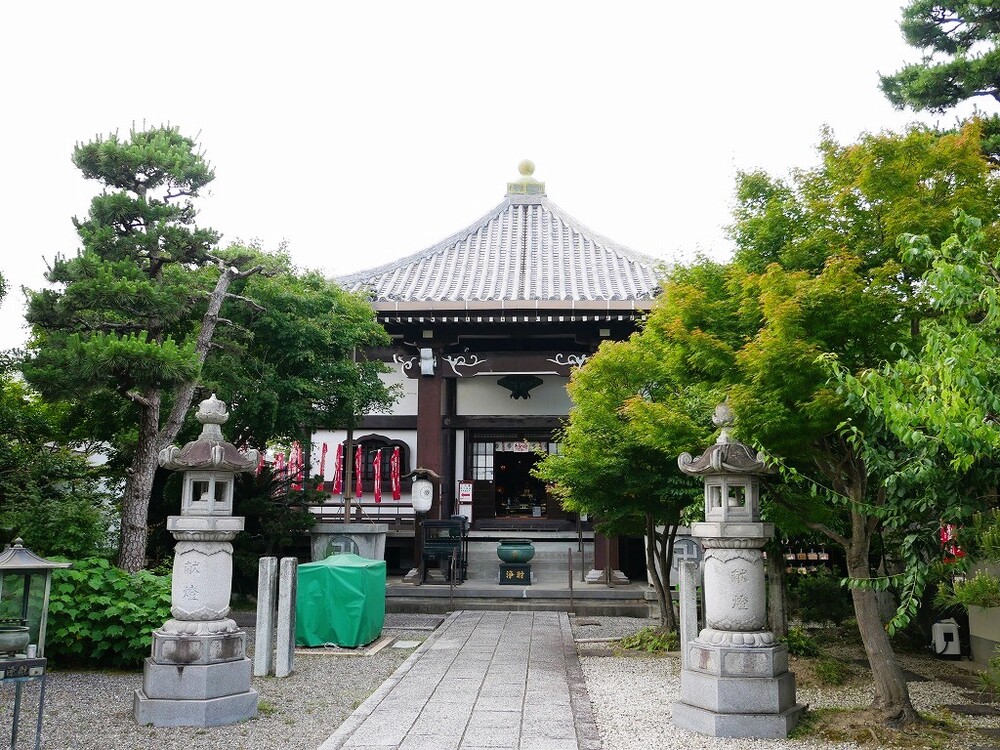
The sutra copying experience class is located in the main hall.
However, on the day of the interview, the sand treading of Shikoku’s 88 Sacred Sites and Shikoku Bekkoku 20 Sacred Sites was being held in the main hall, so I copied the sutras at the Memorial Hall.
I don’t think there are many opportunities to enter a memorial hall other than the temple where one’s ancestors are buried.
Copying sutras at that place… I was excited about this rare experience.
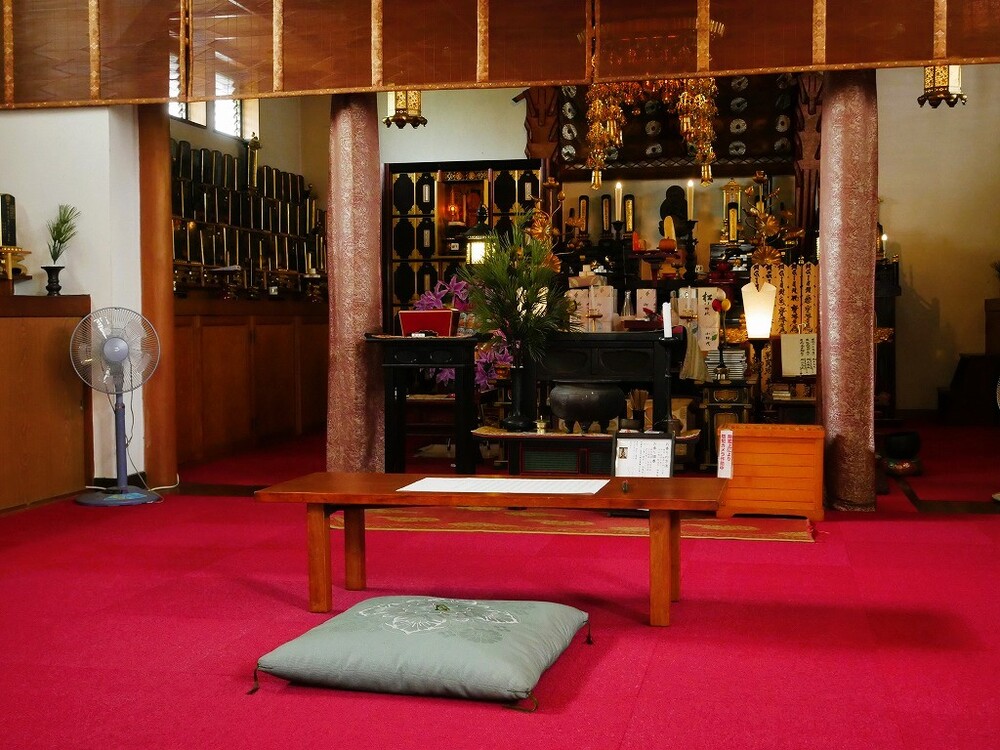
When I entered the hall, preparations for the sutra copying experience were already in place.
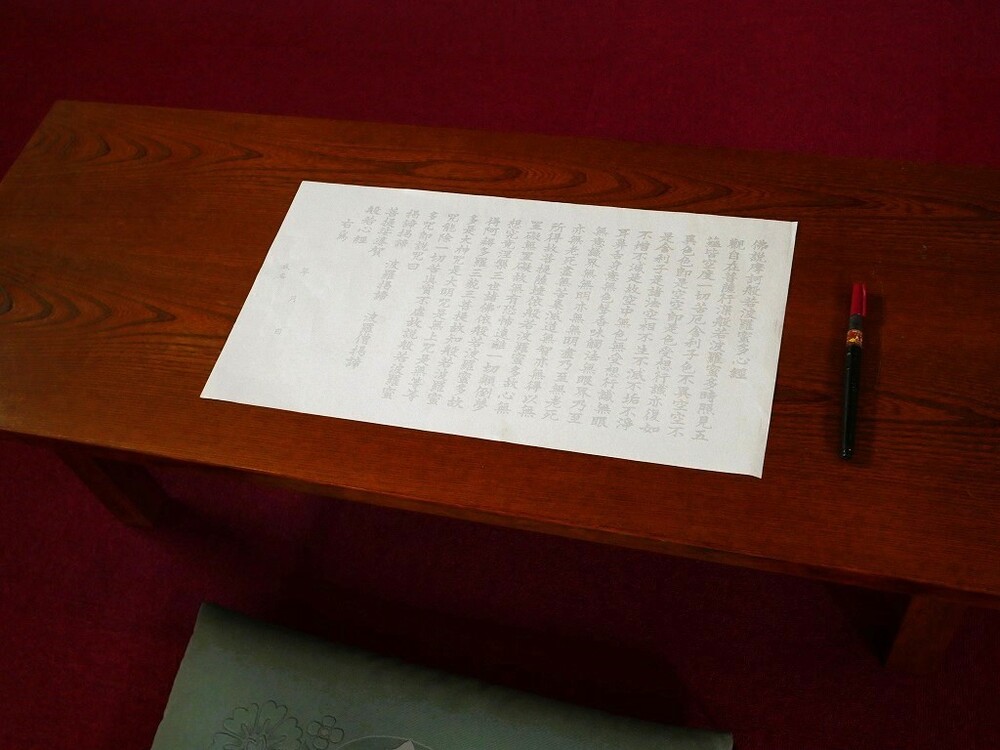
On the writing desk (low table) are sutra copying paper with drafts and a brush pen. Now, how faithfully can we trace this?
Usually, the only time I use a brush pen is when I am preparing a gift bag for memorial services. The author, who lives a life without any contact with brushes, is excited about this fact.
oh yeah. As for the attire for the experience, skirts are fine. If you want to hide your legs while sitting straight, we recommend a flared skirt with a long hem.
Let's finally start copying sutras!
The steps for the sutra copying experience are as follows: First, you will receive a brief explanation about sutra copying from the chief priest, Mr. Suzuki.
Next, to cleanse your body, receive some powdered incense or anointed incense, and rub your palms together to blend it.
The scent of incense is elegant and refreshing, but it also has a strange, Chinese-like feel to it. If you are interested, please take part in the sutra copying experience class at Zudaji Temple and give it a try.
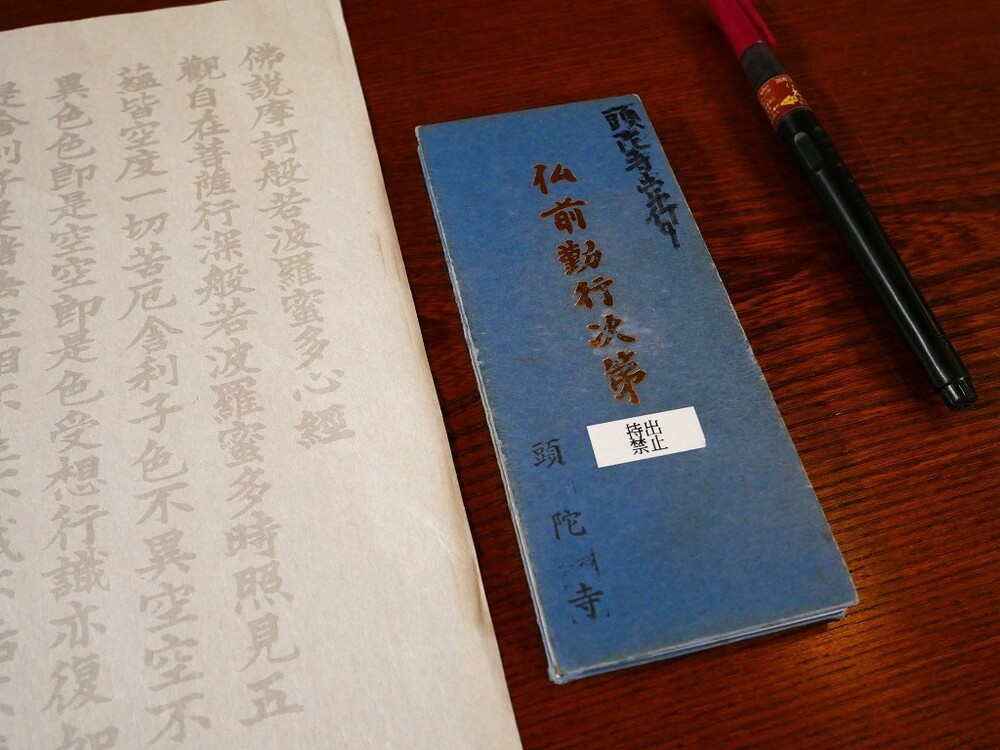
Afterwards, recite the Heart Sutra Hannyasingyo with the chief priest. The Heart Sutra has the proper furigana, so you won’t have any trouble figuring out how to read it.
After reading the sutras, we listened to a short lecture from the chief priest that included stories from his training days, and then it was time to start copying the sutras!

Shinmu Keige’s “礙” was difficult even with a rough draft.
The official name of the Heart Sutra is “Hannya Haramitta Shingyo,” and it is a sutra that summarizes the vast content of the Prajnaparamita Sutra into just 262 characters (both 266 characters).
The time it takes to copy a sutra varies from person to person. If you are quick, you can write it in about 10 minutes.
However, copying sutras is not a competition, so you can do it at your own pace. Even if your handwriting is a little bad, it’s okay as long as it doesn’t go well with the calligraphy pen.
I completed it in about 40 minutes.
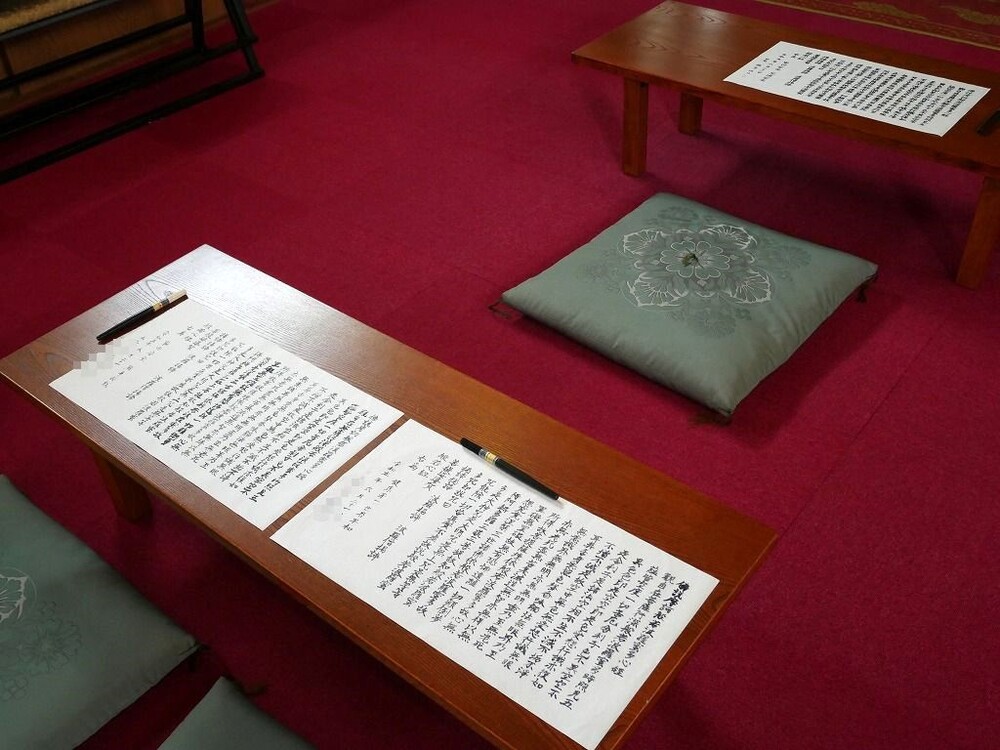
“礙” in shinmu keige is a kanji that can be confusing to those who experience it.
At the back of the Heart Sutra, write your wish, date, and name.
You don’t have to have just one wish. It seems that many people these days wish for world peace.
If you wish, the written sutra will be dedicated to you during your morning ritual (*1,000 yen dedication fee). Of course you can take it home with you.
I feel refreshed after writing the sutra! After copying the sutras, I took a walk around the temple grounds.
After the experience, take a walk around the temple grounds.
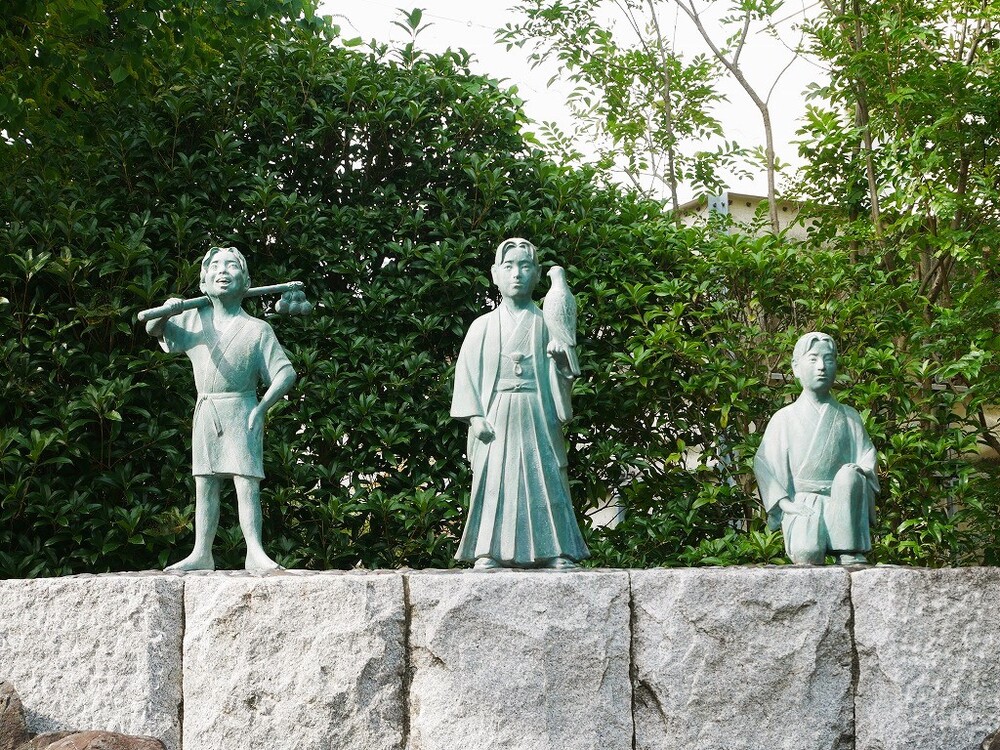
▲Three statues related to Matsushita mansion
In the past, the temple grounds of Toda-ji Temple were vast and had many sub-temples. During the Sengoku period, there was also the mansion of Yukitsuna Matsushita in one part of the precincts, and the surrounding area was called “Zudaji Castle.”
Since the Matsushita mansion had connections with three Sengoku warlords, statues of them were erected within the grounds of Toda-ji Temple.
The three military commanders, later Tokugawa Ieyasu, Ii Naomasa, and Toyotomi Hideyoshi, each had ties to the Matsushita mansion when they were young.
The statues are called the three statues, and from the left are Toyotomi Hideyoshi from the Tokichiro era, Tokugawa Ieyasu from the Takechiyo era, and Ii Naomasa from the Toramatsu era.
We don’t know what our future holds.
Don’t you think the look on the faces of the three of them, a mixture of anxiety and expectation, is impressive?
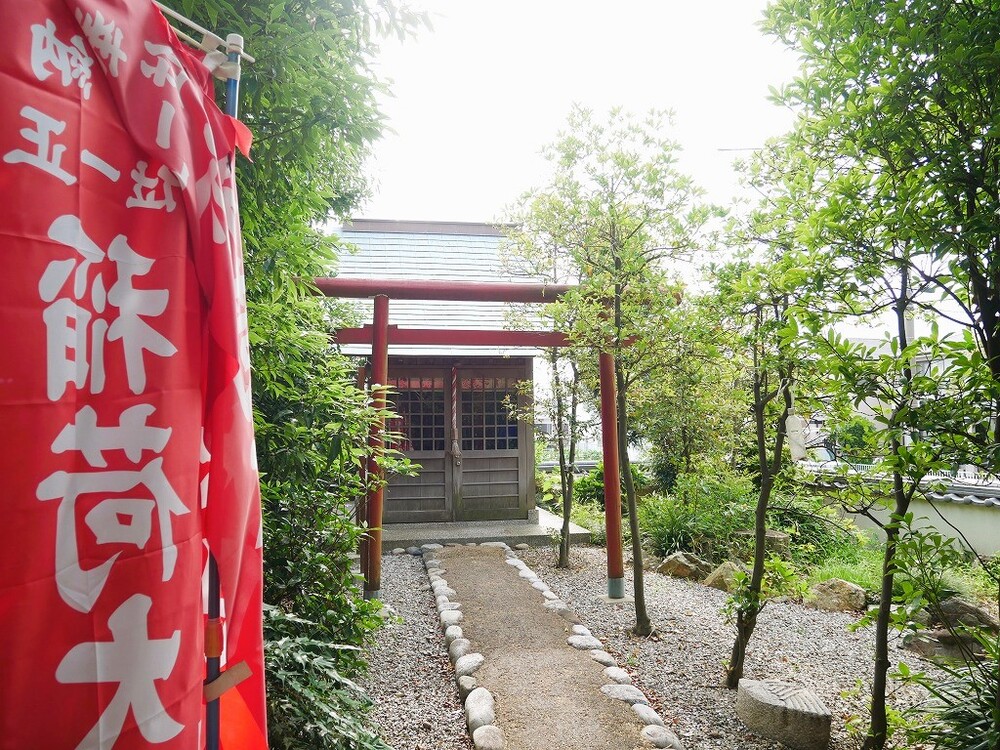
▲Matsushita Inarido
Matsushita Inari-do, which was relocated from the Inari-do hall that was enshrined in the Matsushita mansion, is located next to the statue of the Three Lords.
Please also visit the Inari-do Hall, where Toramatsu may have worshiped when he was young.
If you want to learn more about the relationship between Ieyasu, Naomasa, and Hideyoshi and Toda-ji Temple, don’t forget to visit the Toda-ji Museum, which is located in the back on the left after entering through the main gate.
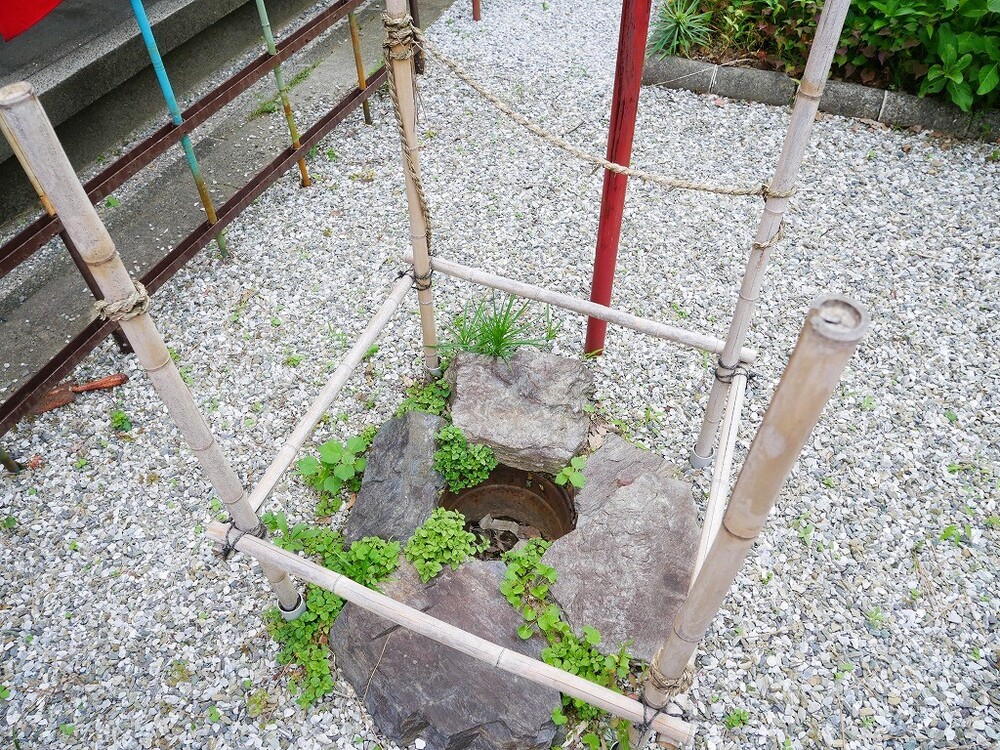
▲cucumber sealing hole
The area surrounded by a bamboo fence and stones near the main hall is a hole for sealing cucumbers, which is said to have been passed down by Kobo Daishi.
Cucumber sealing is a secret method in which evil spirits and disease roots are contained in a cucumber that is used as a substitute for a person, and after blessing the cucumber, the cucumber is buried in the soil to seal it away.
At Zudaji Temple, it is held every year from 10:30 on the last Saturday of July. Advance registration is required, so please contact Zudaji Temple for details.
Zudaji Temple official website (external link)
Since you use your fingertips when copying sutras, it activates your brain, improves concentration, and has a relaxing effect.
I want to calm down. I want to get rid of my thoughts. I would like to try copying sutras anyway.
In such a case, why not try the sutra copying experience at Zudaji Temple?
<Zudaji Temple/Sutra copying experience (classroom)>
Training date and time : 8th and 21st of every month / 10:30~
Fees: For practical training only…Paper fee (100 yen) / If you wish to donate…Dedication fee (1,000 yen) + paper fee (100 yen)
Training location : Main hall
<Basic information about Zudaji Temple>
Address: 214 Todajicho, Minami-ku, Hamamatsu City
Phone : 053-463-8170
Access : Bus: Take Entetsu Bus No. 8, Route 90 bound for Kaketsuka, get off at Toda-ji Temple, then walk 4-5 minutes.
Parking : Yes
